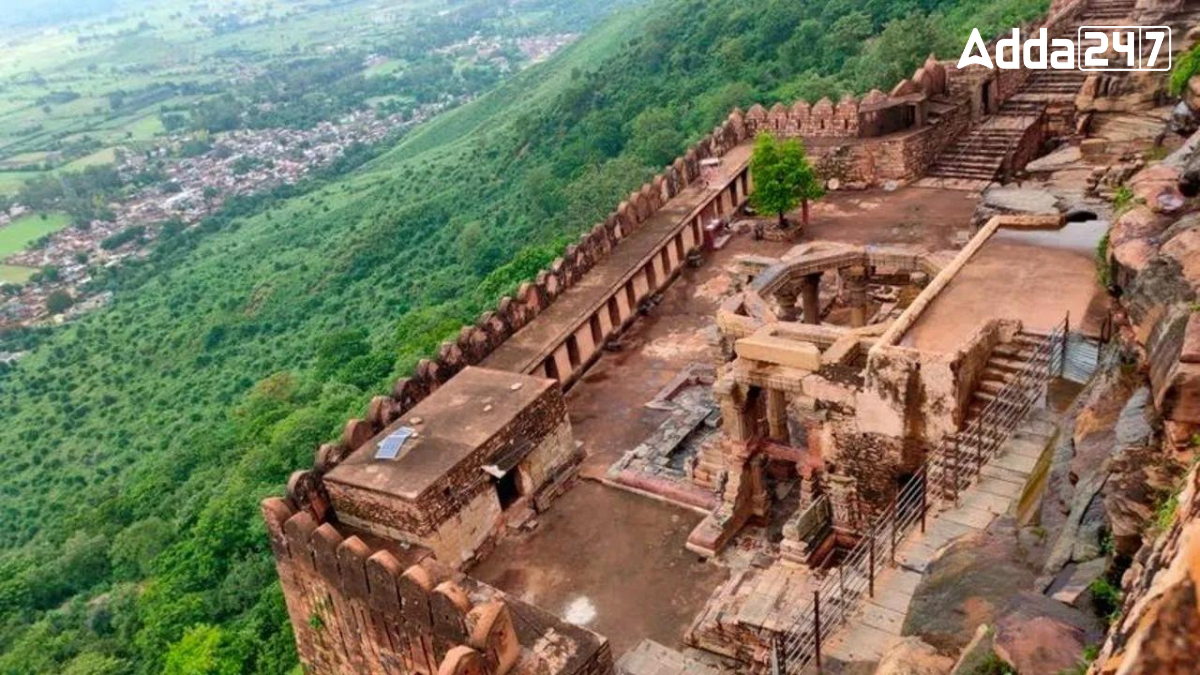Uttar Pradesh, renowned for its diverse culture and unique traditions, is also home to some of India’s most renowned historical sites. With a total area spanning 240,928 square kilometers, it stands as the fourth-largest state in India. Additionally, it holds the distinction of being the most populous state in the country, with a population exceeding 240 million as of recent estimates.
Historical Significance of Uttar Pradesh
The state boasts a rich tapestry of historical landmarks spread across its various districts, attracting a significant influx of tourists daily. Amidst these, Kalinjar Fort stands out as a testament to the grandeur of ancient architecture and the resilience of past civilizations.
District of Uttar Pradesh Related to Kalinjar Fort
Kalinjar Fort is situated in the Banda district of Uttar Pradesh. This historic fortress, perched atop the Kalinjar hill, is renowned for its architectural splendor and religious significance. As a testament to the region’s rich heritage, the fort has attracted visitors for centuries, offering a glimpse into the glorious past of the Chandela dynasty and its enduring legacy in the heart of Uttar Pradesh.
Architectural Marvels of Kalinjar Fort
The fort, constructed during the reign of the Chandela rulers, showcases exquisite examples of medieval architecture and artistic finesse. Its sprawling complex encompasses majestic palaces and intricately designed structures, captivating visitors with their detailed craftsmanship.
Religious Significance of Kalinjar Fort
Kalinjar Fort is revered as a sacred site associated with Hindu mythology, particularly as a residence of Lord Shiva. The presence of the unique Neelkanth Temple within the fortress adds to its religious significance, drawing pilgrims and devotees from far and wide.
Historical Conquests and Legacy
Throughout its tumultuous history, Kalinjar Fort witnessed numerous invasions by prominent rulers such as Mahmud of Ghazni, Qutb-ud-din Aibak, and Humayun, who sought to conquer its impregnable walls. However, it remained unconquered until Emperor Akbar finally claimed victory in 1569 AD and presented it as a gift to his trusted advisor, Birbal.
Subsequently, the fort came under the control of the Bundela Rajputs, followed by Hardev Shah of Panna, and eventually fell into the hands of the British in 1812 AD.




 Which Country is Known as the Land of Ch...
Which Country is Known as the Land of Ch...
 Which Bird is known as the King of Birds...
Which Bird is known as the King of Birds...
 Which City of Austria is Known as the Ci...
Which City of Austria is Known as the Ci...







